Once roaming vast territories across Asia, the Asiatic cheetah (Acinonyx jubatus venaticus) now clings to survival in Iran, the last stronghold for this iconic subspecies. With merely a handful of individuals left, its plight underscores the urgent need for conservation efforts amidst mounting challenges. These magnificent creatures are a testament to the natural heritage of Iran and represent a critical part of the world’s biodiversity.
The Historical Range and Decline of the Asiatic Cheetah
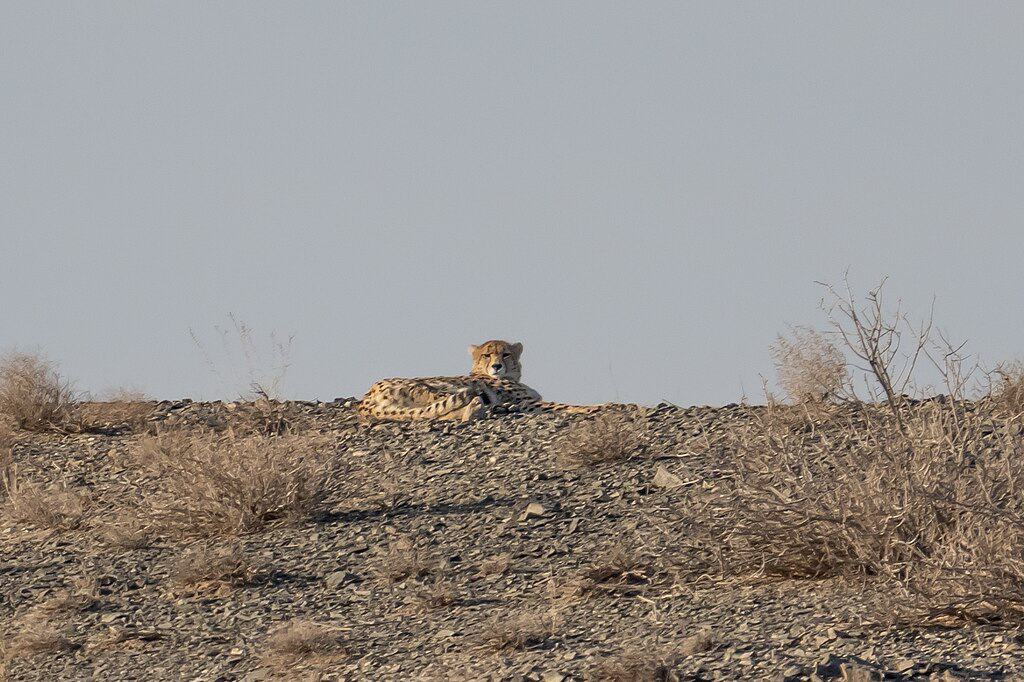
The Asiatic cheetah once roamed freely across a wide swath of Asia, from the Arabian Peninsula to India, inhabiting diverse landscapes like arid deserts and grasslands. However, over the last century, widespread habitat loss, hunting, and a decrease in prey contributed to a dramatic decline in their numbers. By the late 20th century, only a small population remained in Iran, making it their last sanctuary.
The Challenges of Conserving the Asiatic Cheetah

The primary threats to the Asiatic cheetah are human-induced: habitat fragmentation, poaching, and road construction through core habitats. Human encroachment and competition with livestock for food resources further exacerbate these challenges. The situation is compounded by the inherent sensitivity of cheetahs to environmental changes and their low genetic diversity, which makes them vulnerable to disease and decreases their reproductive success.
Current Conservation Efforts in Iran
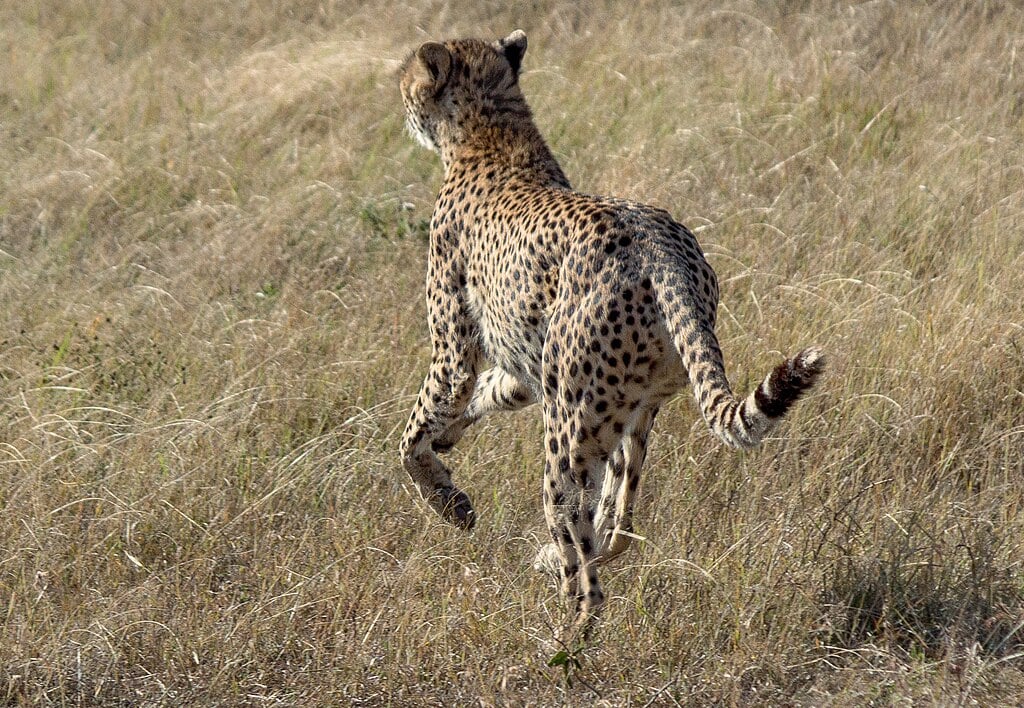
Iran has made concerted efforts to protect the Asiatic cheetah, notably through the establishment of the Conservation of Asiatic Cheetah Project (CACP) in collaboration with international organizations, such as the United Nations Development Programme. This initiative focuses on habitat protection, anti-poaching measures, and public awareness campaigns. Ranges in Iran, notably on the desert plains of Dasht-e Kavir and Kavir National Park, have been prioritized for conservation actions.
The Role of Technology and Research
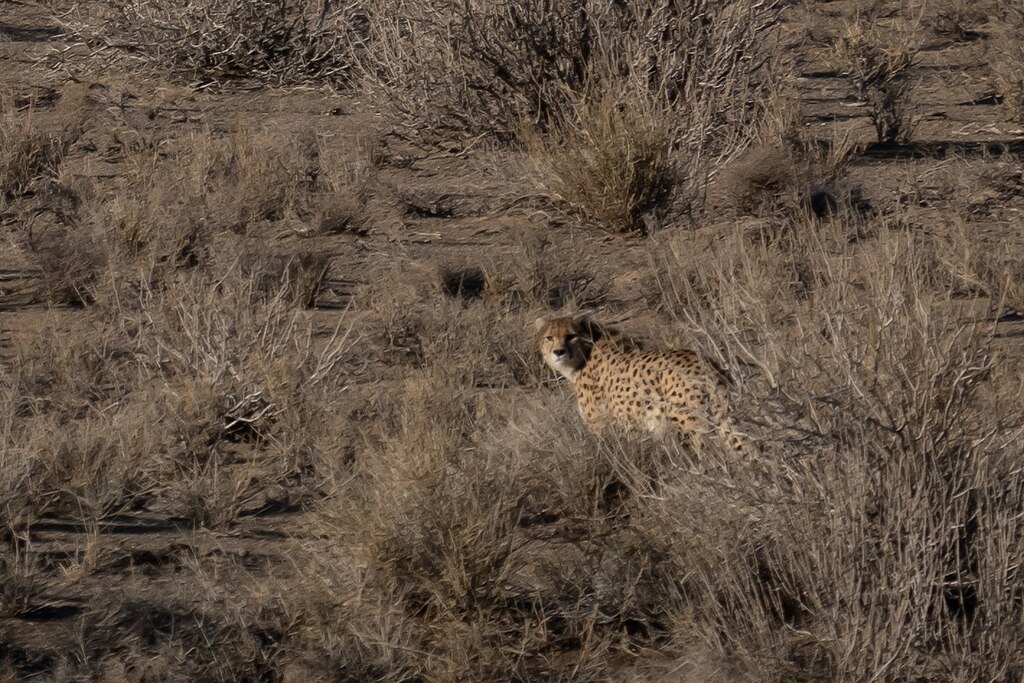
Advancements in technology have been instrumental in monitoring the remaining cheetah population. Camera traps, GPS collars, and genetic studies help researchers gather invaluable data on cheetah behavior, movements, and health. These tools aid not only in understanding the elusive lives of these big cats but also in devising targeted conservation efforts. Collaborations between local scientists and international experts have been pivotal in implementing these advanced techniques.
Community Involvement and Awareness
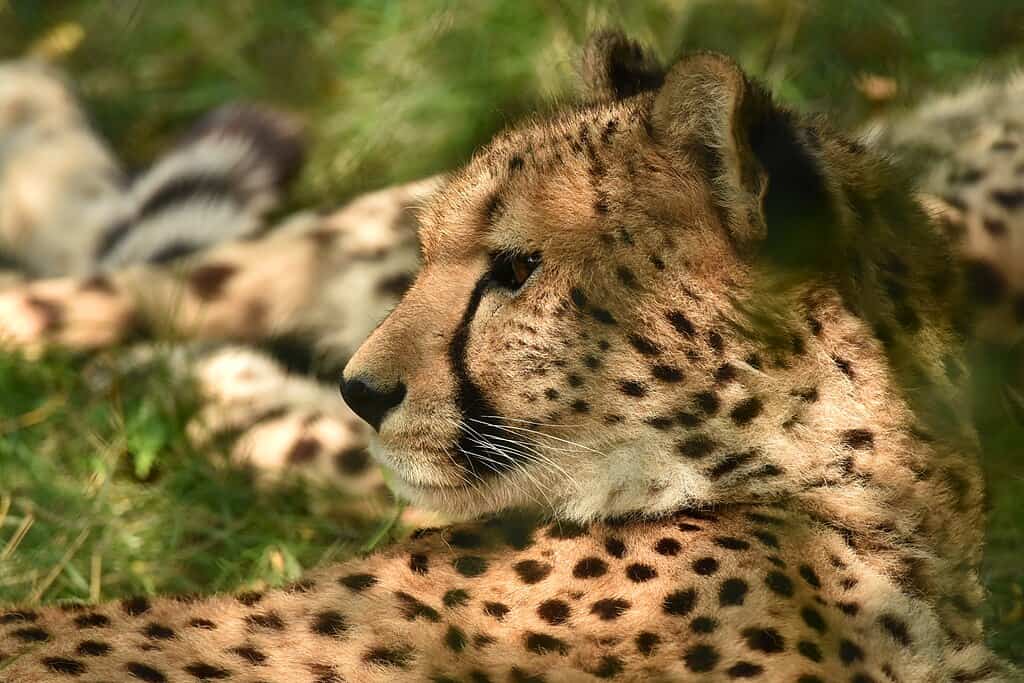
Engaging local communities in conservation efforts is crucial for the long-term survival of the Asiatic cheetah. Environmental education programs aim to foster a sense of pride and responsibility in protecting this national symbol. Livelihood opportunities that reduce dependency on land and livestock can also help mitigate the human-wildlife conflict. Support from local populations is vital to create a sustainable coexistence strategy.
The Road Ahead: Challenges and Hope
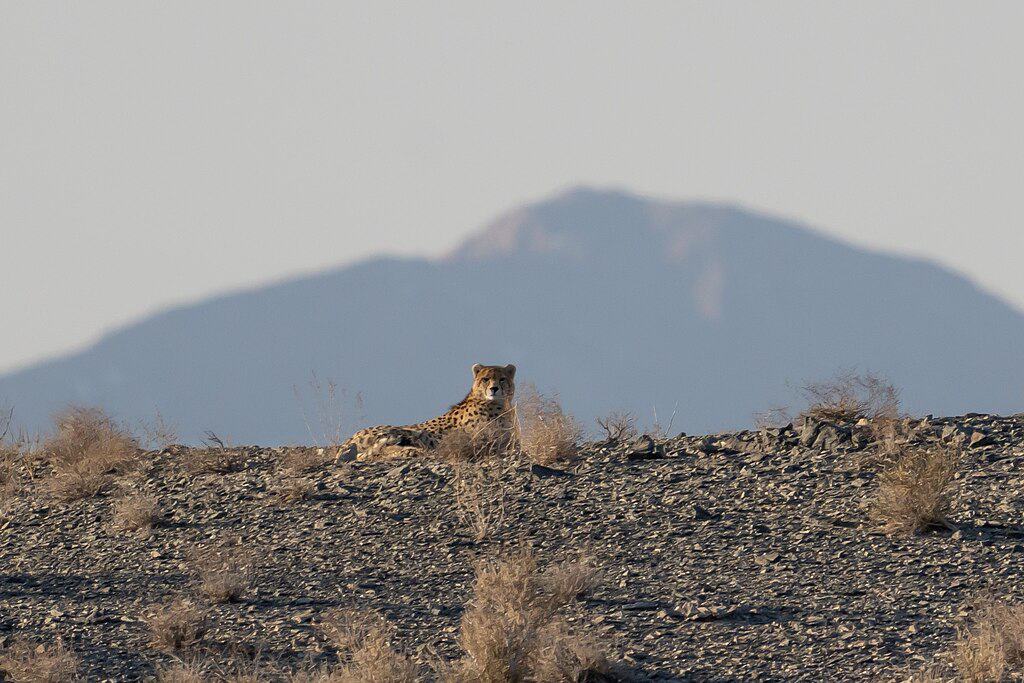
Despite the challenges, there remains a glimmer of hope for the Asiatic cheetah. Success will require a multifaceted approach, combining scientific research, effective policy implementation, and strong international partnerships. Continuous support and funding are necessary to ensure that these efforts lead to the stabilization and growth of the cheetah population.
The struggle to protect the Asiatic cheetah is not only a fight for a species but a broader call to action in preserving the natural world’s integrity. As the world becomes increasingly interconnected, the responsibility of ensuring the survival of such endangered species goes beyond national borders—it is a global concern that reflects our collective commitment to maintaining biodiversity and ecological balance.
- 14 Times Wild Animals Shocked Scientists With Their Intelligence - August 23, 2025
- 10 Dog Breeds That Rarely Bark - August 23, 2025
- 15 Times Pets Surprised Scientists - August 23, 2025

